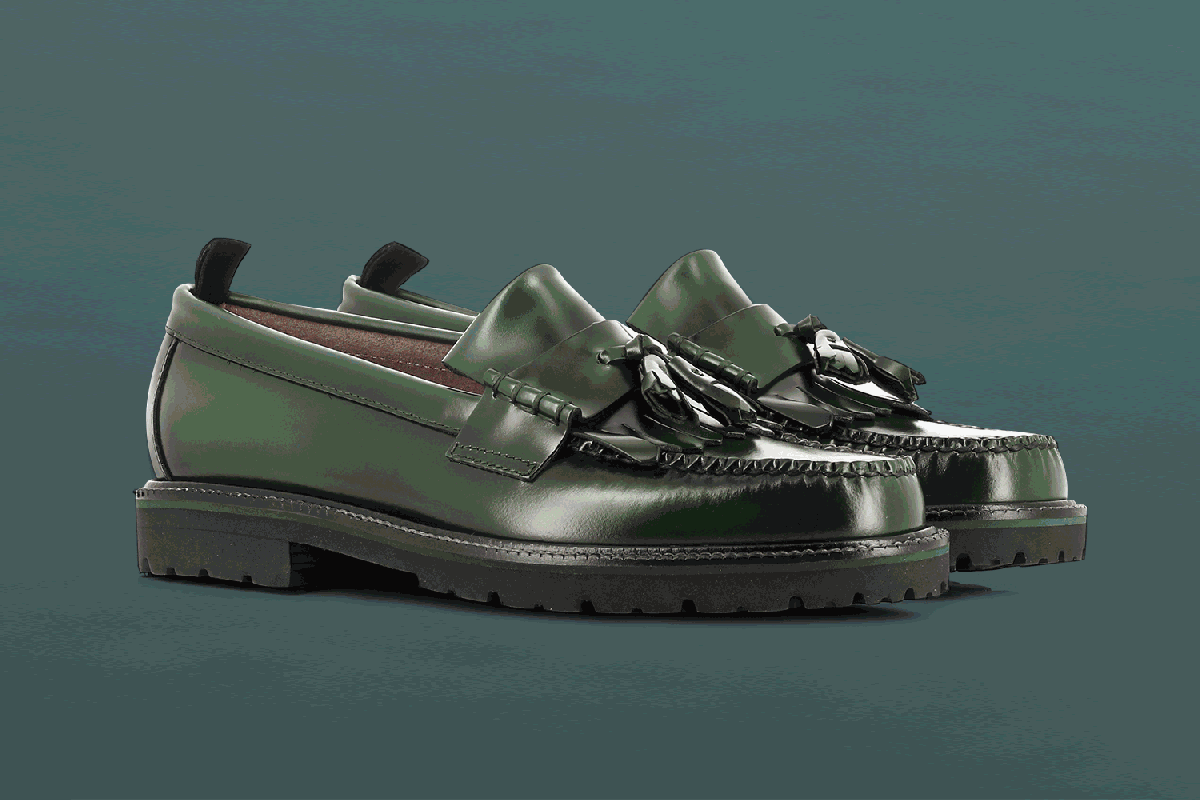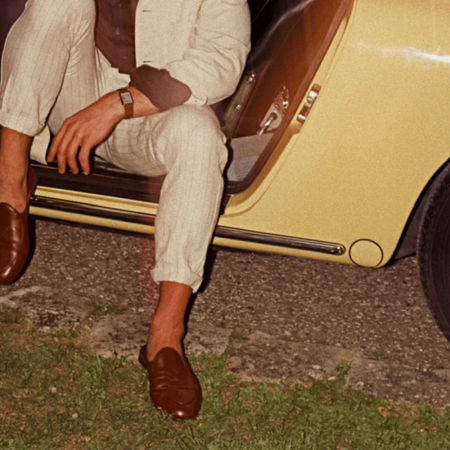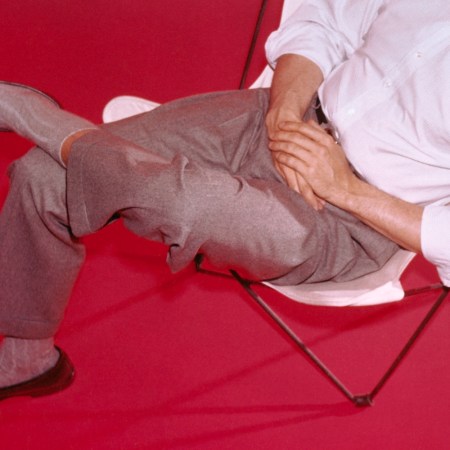Growing up in the mid-’90s was interesting. We had no idea what to worry about, everything seemed perfectly “meh” and we had to actually leave the house to find stuff. Digging through old crates for records, taking long drives to see bands play or finding the one indie movie theater within 500 miles playing a movie you wanted to see were the bedrock upon which identity was built. And thrift stores were the best places to shop. Before high-priced vintage became a thing you couldn’t escape or Urban Outfitters started marketing distressed T-shirts with the insignia of old bands on the chest, my friends and I trolled any Salvation Army we could find to sniff out that random item of clothing that only cost a few bucks and didn’t look like what everybody else was wearing.
By the time I was 16 in 1997, the secret was out, and more kids I knew and didn’t care much for started frequenting the same thrift stores I did. And while I wouldn’t say they bit my style, we were drawing from the same well of inspiration, and it pissed me off. When you’re young and you think you’re finally carving out an identity for yourself, it’s hard to deal with feeling like that identity is not yours exclusively. So I rebelled. Instead of trying to look like an extra from Larry Clark’s 1995 film Kids, I started going back to exactly what I had rebelled against. I traded in the baggy jeans I skateboarded in for chinos, and started wearing vintage Ralph Lauren Polo button-ups and Lacoste shirts from the decade prior. I was taking my inspiration from people you might not consider punk rock, but they were definitely punks: people like Allen Ginsberg, Miles Davis, David Byrne and Jean-Michel Basquiat. I was still punk, but I was playing with prep. It felt more subversive than getting my face pierced or tattoos I’d eventually regret.
And that’s been my sweet spot ever since: somewhere in the gray area between preppy and punk. I’d say the punk part is more in attitude. I find the act of actually giving a shit what you wear to be subversive, but my look does often skew closer to conventional in some ways. But in the last few years, a few brands have actually started making clothes that I think comes from the same school of philosophy, namely Noah, Rowing Blazers and especially the ongoing collaboration between Palace and Ralph Lauren. With more color, fun and a hearty dose of irreverence, these brands all get how to put out something you could wear to the office but also crosses over into street style; stuff that some 16-year-old can get as hyped about it as somebody twice their age.
Now other iconic brands are starting to hop on board. Just see Sperry’s great Cloud collection or Lands’ End’s collection with Rowing Blazers. And, most recently, British sportswear label Fred Perry and America footwear legend G.H. Bass, who have teamed up on a collection of chunky loafers that strike the perfect balance between New Englander and ne’er-do-well.
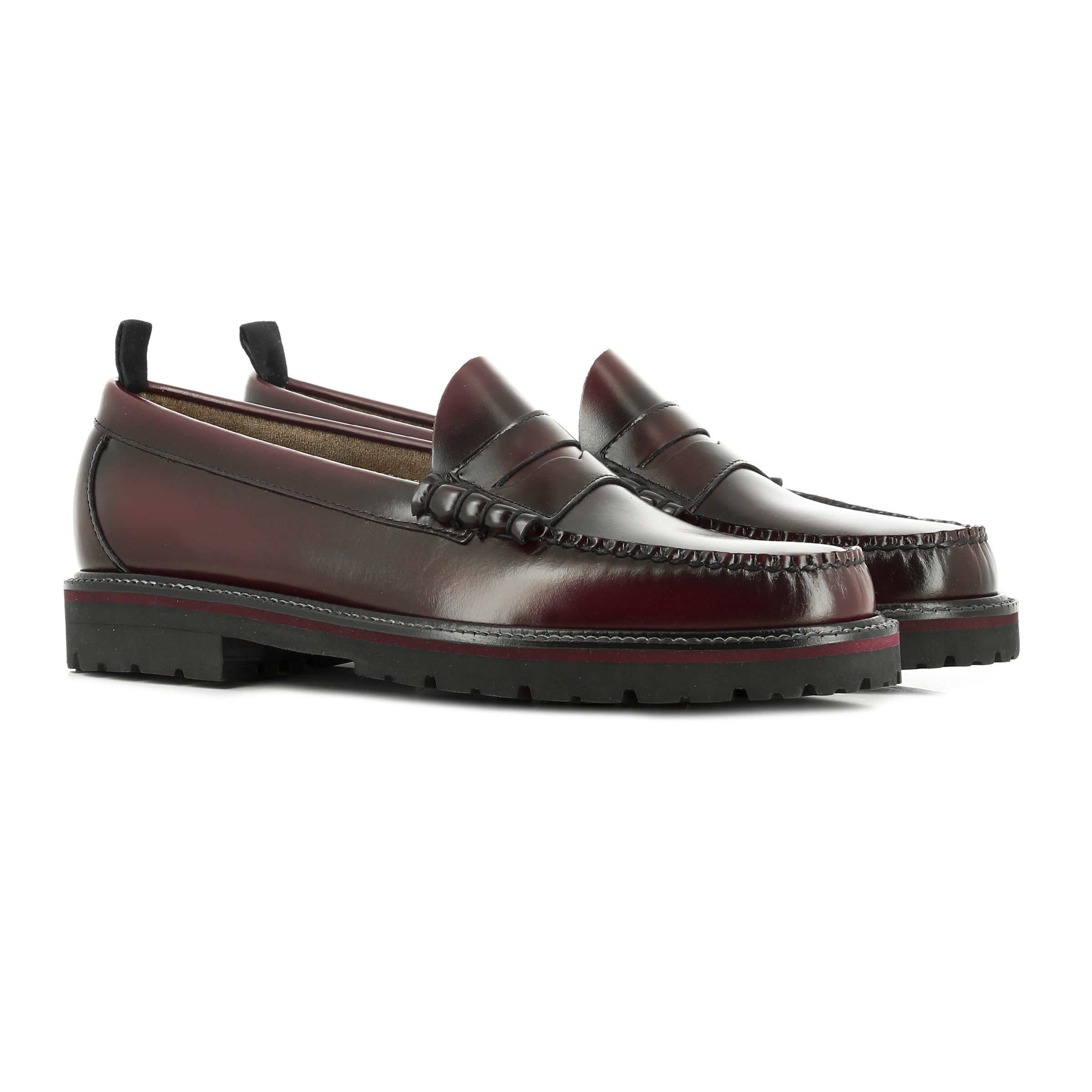
Weejuns have been around since 1936, when Bass, which was founded in 1876 in Wilton, Maine, took a shoe designed for farm work in Norway and turned it into one of the most iconic silhouettes of the last century. The Fred Perry polo, which first start popping up in 1952 and is named after a British tennis champ, would eventually become part of the uniform of a number of mods, skinheads and other young people connected to the U.K.’s more fringe subcultures in the ’70s and ’80s.
Today, I’d say the Weejun is also part of its own subculture. Dressing like a “prep” in 2020 takes a little bit of work and cultivation; if you’re going to rock the loafer, you’ve got to commit to it. I’ve always felt it was the type of shoe you really have to think about before you put it on — this collaboration even more so.
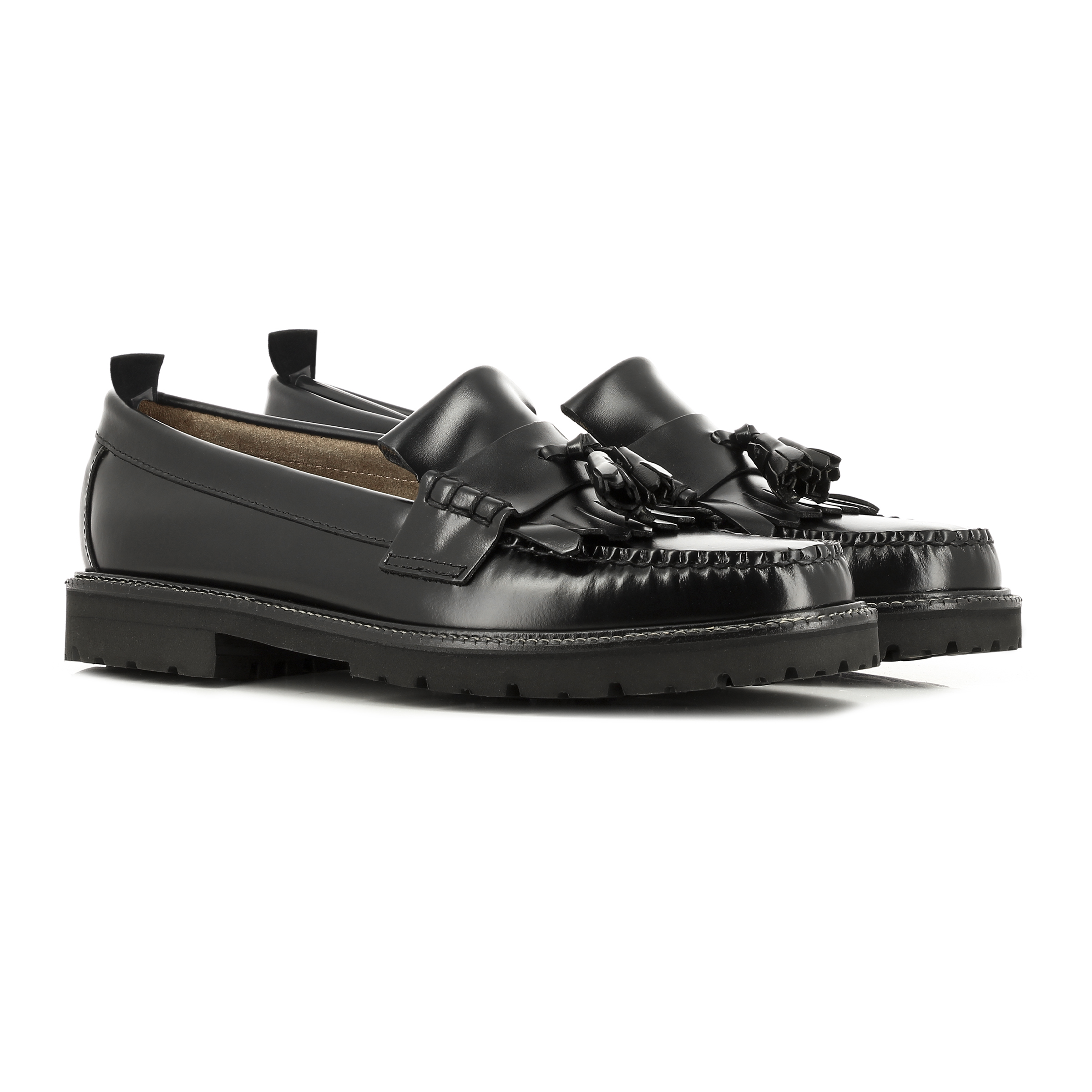
The Fred Perry Weejuns come in four different styles: a penny loafer in oxblood and navy, as well as a tassel loafer in black and bottle green. I don’t have a pair of black loafers, so that’s what I went with. I’m also a sucker for tassels. I paired them with a pair of vintage 1940s-era cotton pants, sort of like an inexpensive version of a pair Ralph Lauren put out recently. Since I’m working from home but not trying to feel like a schlub (OK, maybe sometimes feeling like a schlub), I put on an old white oxford and buttoned it all the way to the top. That was my look for the day.
The shoes were comfortable as soon as I put them on. They didn’t take as long to break in as my other pairs of loafers. There was a little more give, and the soles are a little higher than traditional Weejuns. And that’s what makes these shoes so fun to me: they are definitely a collab between Fred Perry and G.H. Bass (the tartan insoles are an especially nice touch), but don’t be surprised if somebody glimpses you wearing them and mistakes them for a pair of Dr. Martens. The Fred Perry Weejuns are almost robust enough to look like a creeper, but won’t make you feel like the old guy trying to be all like, “What’s up, teenagers. You guys like Rancid?”
Overall, the Fred Perry and G.H Bass team-up represents the perfect meeting between two brands that accidentally became part of subculture uniforms: a former tennis polo-turned-punk staple meeting with the official shoe of people who want to dress like they went to Brown in 1962. While I love seeing the newer, younger brands team up with the classics, it’s this sort of alliance — a kind of symbiosis through which two older brands are both made new again — that I hope we see more of.
This article was featured in the InsideHook newsletter. Sign up now.
